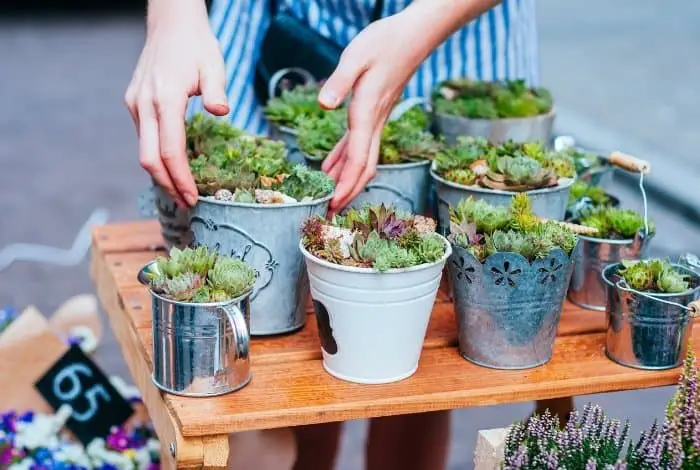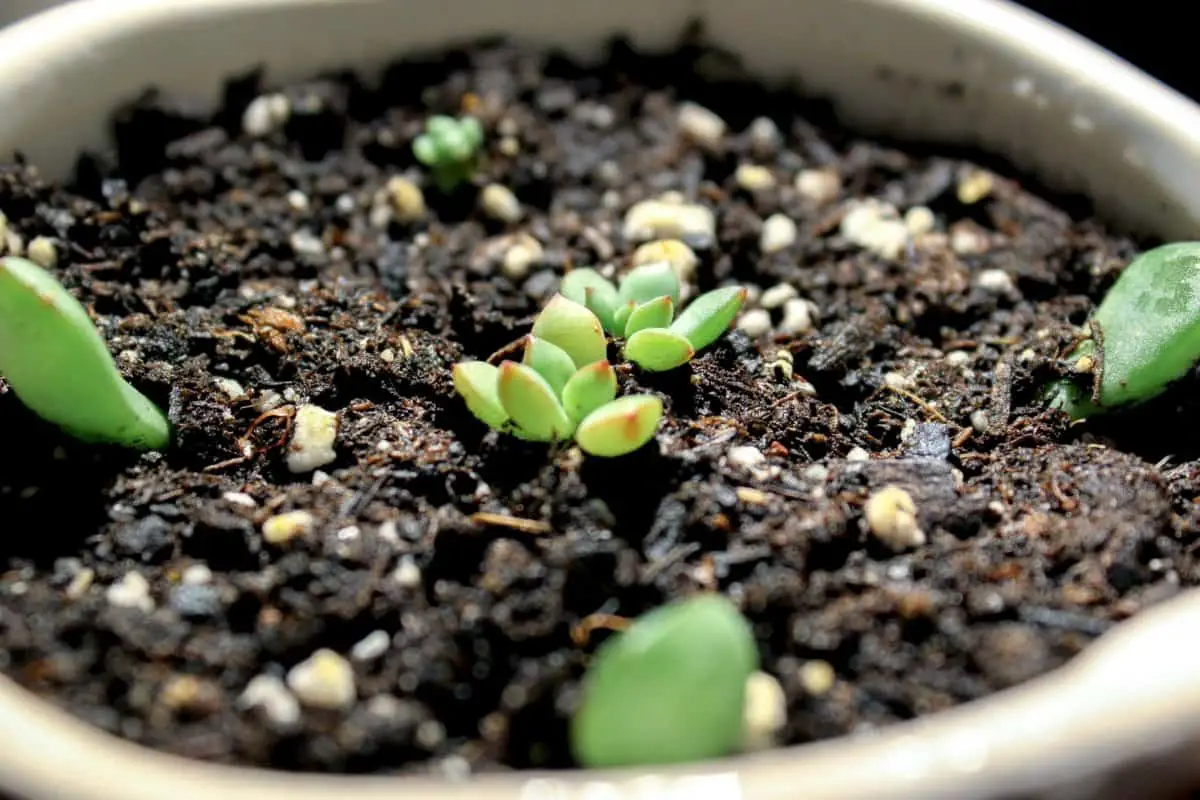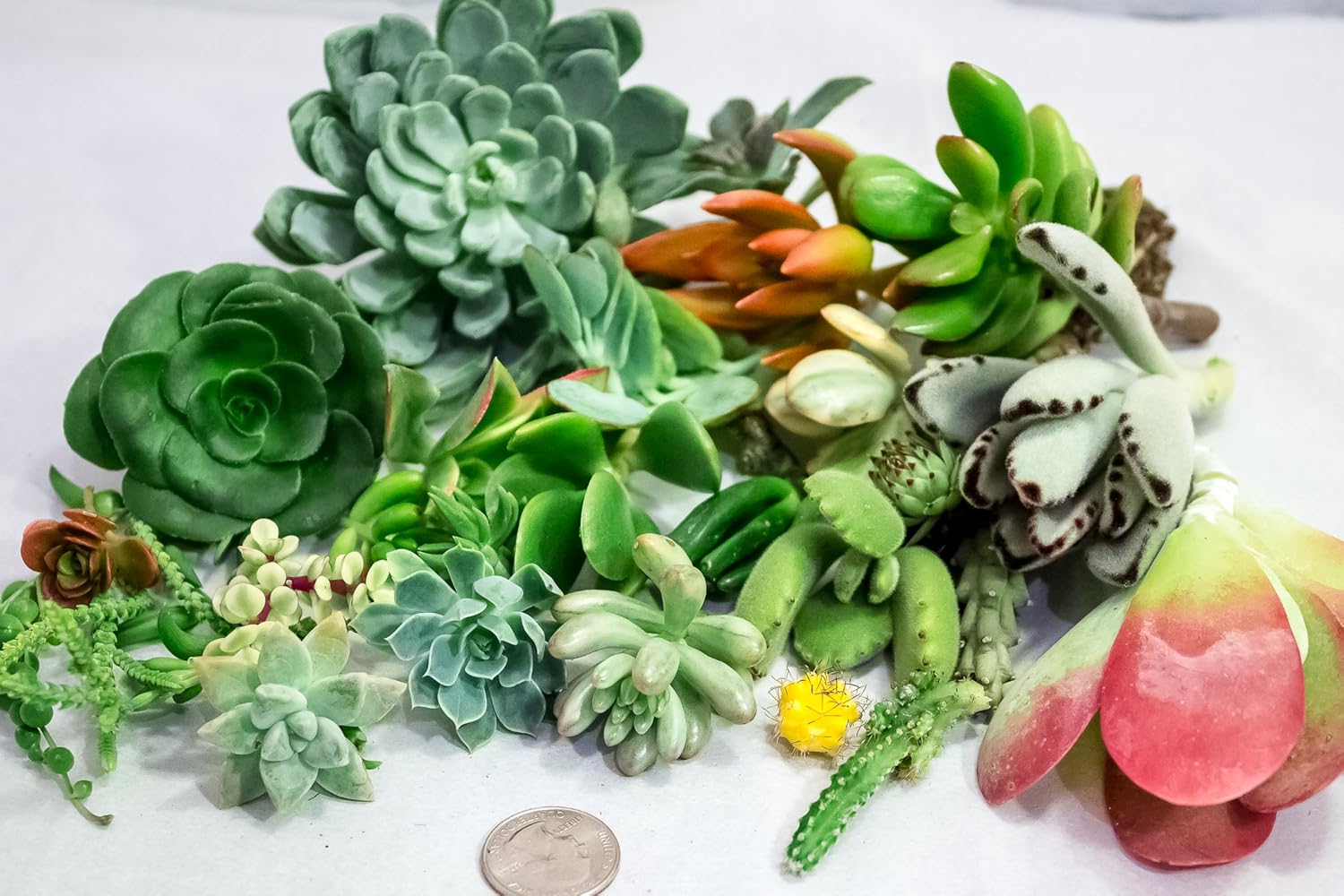Last Updated on June 16, 2022 by Griselda M.
Gardeners ought to know how to save a rotting succulent plant because it is the easiest plant to grow and take care of. Succulent is a marvelous plant that has thick fleshy leaves adorning different colors. They do not flower thus their fleshy leaves carry their beauty making them attractive.
There are many varieties of succulents. Some have rosette leaves while others have no leaf-like structure. They have a fleshy round or elongated green growth. They vary in colors, shapes, and sizes leaving you with the decision to choose what to take home.
Succulents need minimal care and thrive best when they are left on their own. They are healthy throughout the year and grow very well. However, one of the most common problems that face succulents is rotting. Succulents must get moderate watering to protect them from root rot.
How to Save a Rotting Succulent – Identifying an Overwatered Succulent
- Discoloration of leaves
- The plant looks sick in appearance
- Leaves feel soft and mushy to touch
- Discolored stem with brown or black spots
- Leaves falling off easily when lightly touched

- The leaves become discolored and squishy because they take up extra water and store excess water in their cells. This causes the water to run through the leaf causing discoloration as it begins to rot.
- The discolored leaf finally turns black meaning it is rotting from the inside out. This indicates that the leaves are affected by a fungi disease due to excess water intake. Afterward, the leaves drop off and die.
Step by Step Process to Save a Rotting Succulent
Root Rot
If the root rot is mild, it is possible to save the plant. The roots are the most essential part of the plant. They help to absorb both nutrients and water.
Steps to Treat Root Rot
- Dig out the plant and identify the level of the damage.
- If it’s minimal, take out the plant from the pot and squeeze the excess water if any. Leave the plant out of the pot for about 2 days to dry up. The soil dries up, preventing the rotting from developing further.
- If you notice the rotting is severe, with most of the root rotted away, remove the plant from the pot and cut off the rotted roots. Discard all the soil; it might contain fungi that will continue killing your plant. Wash the pot and put new clean treated soil. Keep the plant aside for a few days so that the remaining roots dry out before you plant it again.
Find out which is The Best Fertilizer for Cactus and Succulents
Fat Plants San Diego Small Succulent Cuttings Packages
Stem Rot
- If the stem is suffering from slight rot, cut out the rotting part and check for any rot inside the stem. If there are any rots inside the stem, remove the rot completely or cut off that part.
- Leave the succulent plant out for about 3 days so that the cut is callused over. Once calloused, plant it again in a well-drained soil mix. Only water it when the soil is dry to avoid getting the rotting back. You may use a rooting hormone to speed up the process of root growth. In a few weeks, you begin to notice roots developing on the cut area with the succulent growing.
Learn How To Propagate Jade Plant- Rooting a Jade Plant
Leaf Rot
- If you notice leaf rot, immediately remove the rotten leaves. Check if any part of the stem or root is too affected and amputate it.
- In case you only salvage only a few leaves, go ahead and place them on a new soil mixture in a fresh pot. Keep spraying them with water lights to keep the soil slightly wet. In a few weeks, you will be able to see new roots forming on the leaf base. In a few months, you will have a new plant that is cloned from the mother plant.
Conclusion
Succulents are beautiful wonderful plants that need minimal care from us. Though they need the least care, they can either thrive or perish due to inadequate care.
It is important to give the succulents their requirements like well-drained soils, water, and light. Potted or indoor succulents need more care than garden ones to thrive. Though water is the most important element to all plants, too much or too little leads to damage of the succulent.
Most of the succulent death occur by overwatering. Always keep in mind a watering schedule to help you check how much watering you do. By being keen on these few details, we can grow healthy succulents for our homes.
FAQs
How do you revive a rotten succulent?
Some succulent plants are simple to grow and have no problems with pests and diseases. Others, however, have a lot of problems that cause them to die prematurely. If you find yourself with a sick succulent in your possession, you may have asked yourself how can you go about reviving them?
Some succulents will survive if they are watered every two days or so. It is also possible to preserve their life by wrapping the pot in plastic wrap - although this can be hard on the plant's leaves. The natural solution for those who do not want to use chemicals is to let the plant dry out completely before watering it again.
Here is another way that you can revive a rotten succulent to make your succulent fresh and green again.
Step 1: Make sure that the rotten piece of the plant is fully removed from the soil so it can dry off
Step 2: Place a bag of potting mix or sand in a shallow dish in the center of your sunny windowsill
Step 3: Fill the dish with water and let it sit for about five minutes before pouring over it
Step 4: Add some plants powder or fertilizer before placing it on top of your newly prepared soil
Step 5: Repot your plant in a fresh pot and water well
What does succulent rot look like?
This is a question that perhaps you should be asking.
As succulents are such a popular plant, it is important to get good ideas as to what are the signs of succulent rot and what it looks like. Generally speaking, there are certain signs you should look out for in order to identify and treat the issue.
This is because they see the leaves of their plants turning brown and dying.
The first sign is that the leaves on a succulent may start to be yellow or brown. The leaves may also start to curl and turn upwards in a spiral shape as well as shrivel up and dry out. The roots and stem may also start to grow towards the center of the pot which can lead to rot-type conditions.
The second sign is that your plant may be drooping or wilting at its base which can be due to root damage or root exhaustion from overwatering. In addition, some roots may appear dark green when they should be white.
What do Overwatered succulents look like?
One of the biggest mistakes when it comes to watering your succulents is over-watering them. It can lead to rot, shriveling leaves and death.
Overwatered succulents will generally have a distinctively different appearance when compared to those that are under watered. The leaves will be limp and pale in color and the plant will lack vitality.
A succulent that is over watered may also have a waxy film or slime on its leaves which will make them feel slimy or sticky when touched or handled.
Some succulents are so sensitive to moisture that the plants can wilt and die without any warning. Most of us know that these succulents need to be watered in moderation and not continuously.
Caroline is a gardener who loves to get down to the nitty–gritty of gardening. She proudly proclaims herself as a ‘dirt worshipper‘ and can often be found deep in the garden, covered in soil and singing to her plants. As a self–proclaimed ‘plant whisperer‘, Caroline believes that plants need love and attention just like any other living thing, and she loves to give them both. When she‘s not tending to her garden, you can often find her researching the latest gardening trends, or teaching others how to make their gardens thrive


